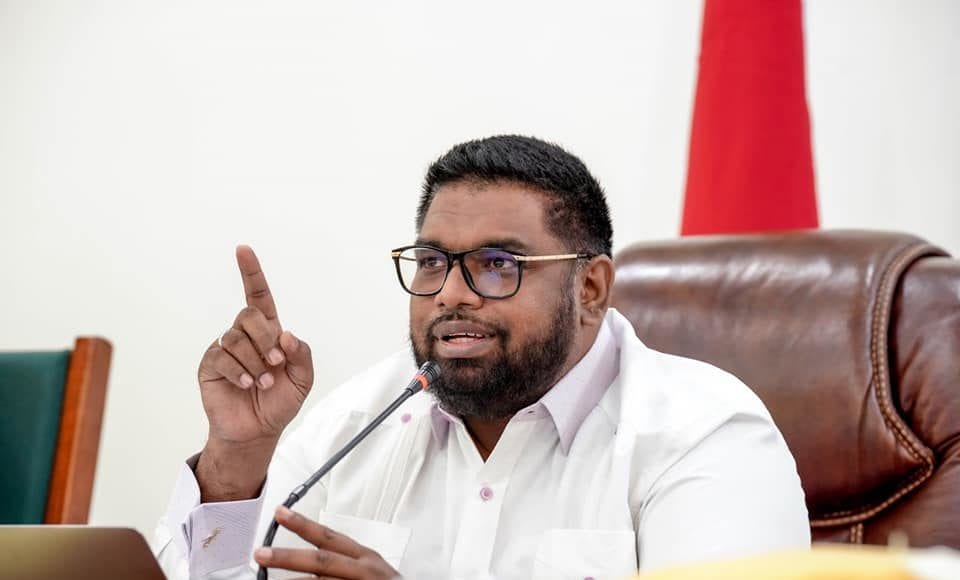President of Guyana, Dr Mohamed Irfaan Ali recently revealed that the Norwegian and Kazakhstani oil fund models are amongst some of the frameworks being examined to inform the new version of Guyana’s Natural Resource Fund (NRF).
The Head of State made this revelation during the inaugural Virtual Diaspora Engagement on May 22, last. There, he was asked about the Government’s plans for the management of its oil fund.
“There is a lot of academic debate on the different funds and the ways in which natural resources funds are managed globally. The Norwegian model is a very good model. We are looking at many other models. We are looking at the Kazakhstani and Norwegian models,” Mr. Ali said.
Notwithstanding the progression on this front, the Head of State was quick to note that the nation must first contextualize the state of countries when the framework for their wealth funds were adopted.
“For example, in the Norwegian model which is a very good model that we’re looking at, we have to understand that Norway adopted that model after the country had a certain level of infrastructure, service and development,” the President pointed out.
Norway’s wealth fund was established in 1990, during the European country’s deepest recession in the postwar period. At the time, it was not obvious that the fund would gain much in value. The government ran budget deficits in the following years, and the first capital transfer to the fund was made in 1996, reflecting a net fiscal surplus. From then on, the value of the fund started to increase rapidly. Higher oil revenues towards 2000 led to calls for higher spending. A fiscal rule was established in response to this development. The aim was to phase petroleum revenues into the economy gradually.
Meanwhile, Kazakhstan’s fund was established in 2000 as a dual-purpose stabilization and savings mechanism. It requires that deposit rules are detailed and require deposits of oil and gas revenues into the fund, as well as the proceeds from the privatization of state property from the mining, manufacturing and agricultural sectors. Withdrawal rules are detailed but were changed three times in seven years. While there are some limitations on investment risk, the government enjoys significant discretion in choosing where it invests.
Whatever route the Guyana government chooses, President Ali emphasized that transparency and accountability will be the main pillars of Guyana’s wealth fund. He highlighted, too, that bridging deficits in several of Guyana’s sectors must be paramount as well.
Against this backdrop, Dr Ali explained, “You would agree, as many would agree, that Guyana is in dire need of infrastructure transformation. We are in dire need of transformation in the health sector, education sector, the energy sector and we have to create the framework for other important sectors that will bring jobs and create the platform through which our country will evolve into the future…”
The Head of State indicated to the virtual participants that it is the Government’s vision to make Guyana competitive, while also giving citizens world-class services.
“That will be done transparently and the model that we finally settle on will be a model that will be adopted nationally,” he noted.
Furthermore, the Head of State highlighted that decisions about the oil fund must involve the development of local ideas, and not just those that are externally driven. He cautioned that while the country should look at external best practices, Guyana must recognise the local conditions.



